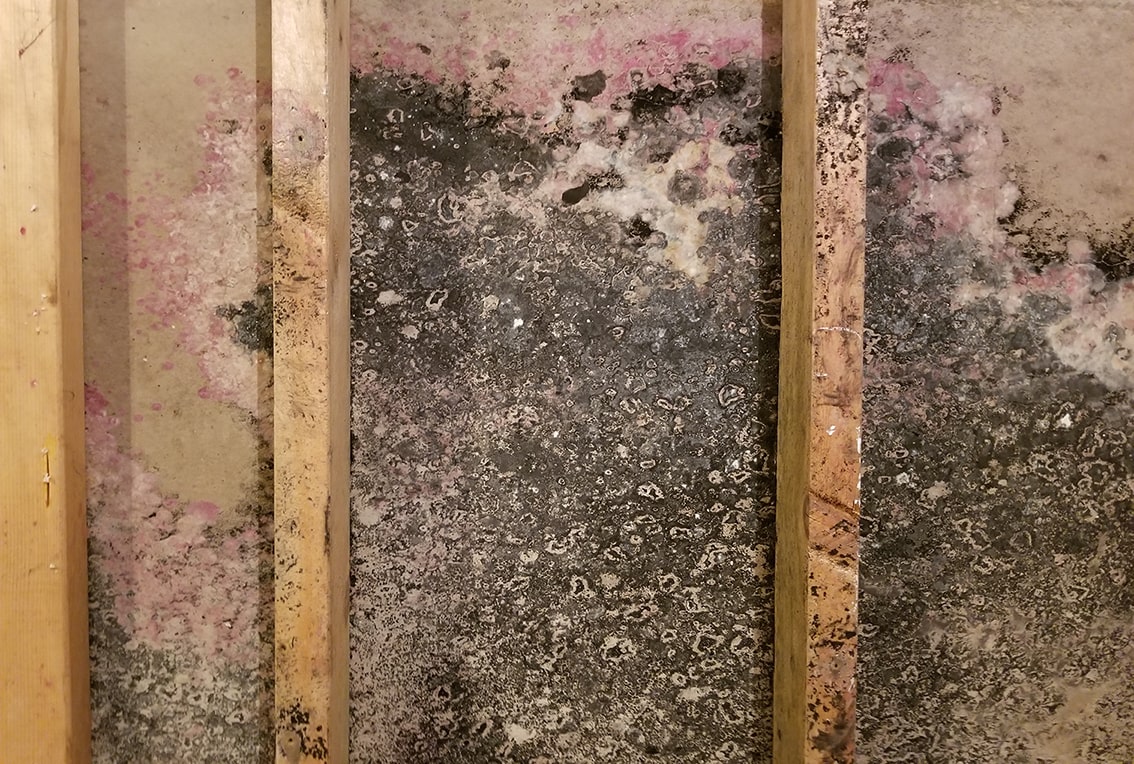
Types of Mold and Mycotoxins
Which species of mold happens to grow in a home or workplace also determines whether a person becomes ill. Many outdoor molds, either by their inherent nature or their environmental milieu, produce zero to minimal impact on human health. Yes, poisonous mushrooms do grow in the forest which intoxicate the foolish adventurer, but our primary concern lies with molds that grow on water damaged buildings and release volatile toxins into the indoor air. The outdoor molds garner more of a reputation for their ability to trigger allergic symptoms.
The water damaged building associated molds are more likely to produce toxins which harm both microscopic neighbors and other larger organisms like humans. Not only do they make toxic chemicals, they also inhabit closed environments – our homes, our offices, and other buildings – where their toxins can accumulate. If outdoors, even these molds may never concentrate enough airborne toxins due to winds and the sheer volume of space. Indoors, especially if ventilation is poor, they can accumulate to create a toxic punch for the unsuspecting and genetically vulnerable.
The indoor molds produce various classes of mold toxins based on their species. The classes vary immensely in their structure and complexity. Chemically, some are simple structures while others are quite complex. Some target mitochondria while others target hormonal systems. Some primarily dysregulate the immune system. While a very few aflatoxins, like those from peanuts, even increase cancer risks.
